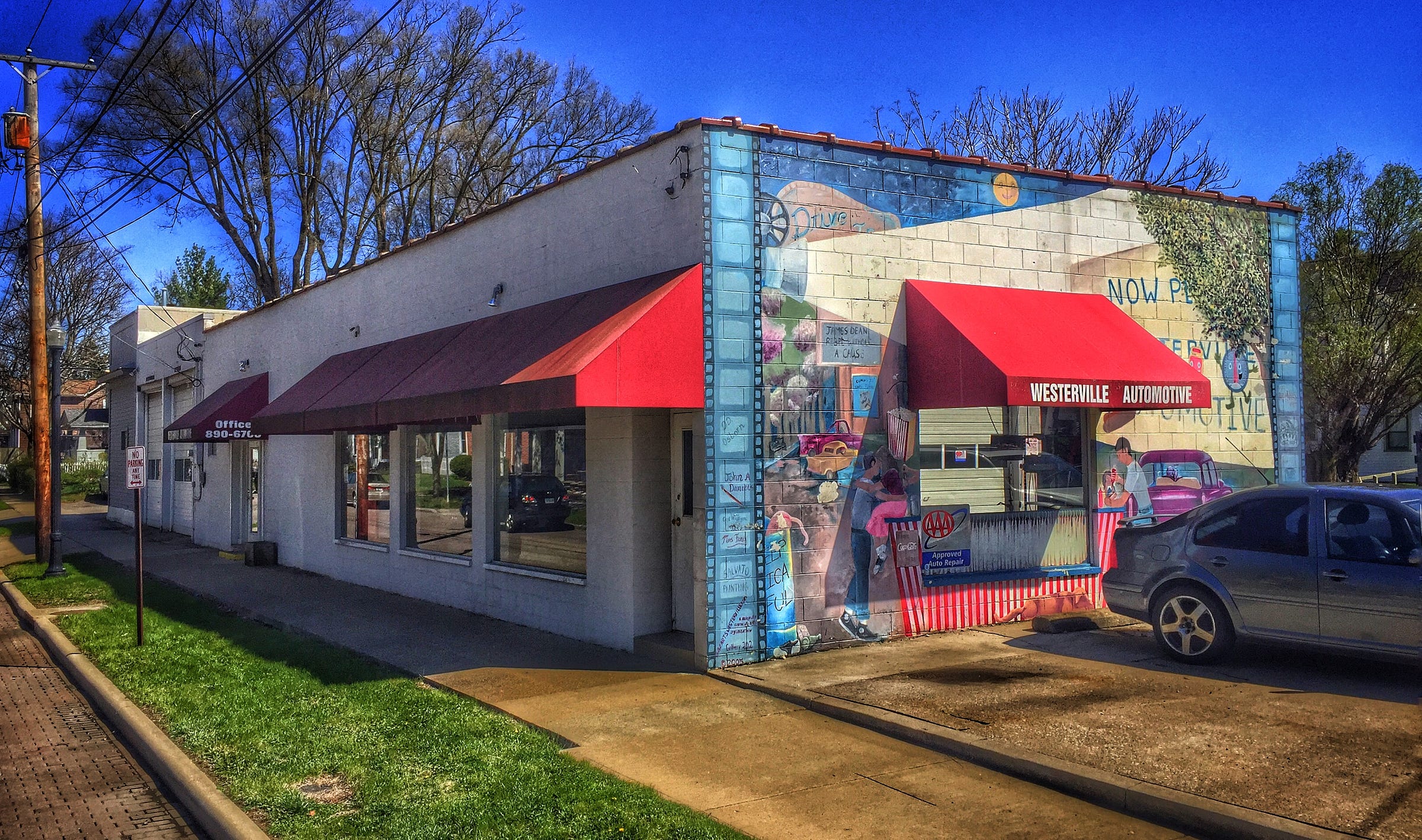Preserving the Ordinary: Photographers Documenting Public Spaces
Photography has long been celebrated as a medium that captures the extraordinary, the beautiful, and the unforgettable. But often overlooked is its equally vital role in preserving the ordinary. Public spaces, from humble storefronts to murals on the walls of auto repair shops, may seem unremarkable in their time. Yet, as society’s tastes and priorities evolve, these seemingly mundane snapshots of daily life become invaluable records of cultural memory. This underscores an essential truth: what is ordinary today may be extraordinary tomorrow.
The Ephemeral Nature of Public Spaces
Public spaces are constantly changing. Businesses change ownership, murals are painted over, buildings are demolished, and neighborhoods are transformed. These changes are often subtle, occurring over years or decades, but their cumulative effect can drastically alter a place's character. What once felt permanent can vanish without warning, taking with it a piece of the community’s identity.
Consider the example of a mural on the side of an auto repair shop. To a passerby, it might seem like just another piece of street art, blending into the background of a bustling city. But when that mural is replaced with a plain coat of white paint and a decorative stripe, its absence is felt. The mural, once overlooked, becomes a symbol of what was lost: a connection to the past, a reflection of local culture, and a marker of a specific moment in time.
By documenting such spaces, photographers play a crucial role in safeguarding these fleeting elements of public life. Their images become a bridge to the past, allowing future generations to see and understand the world as it was.
Shifting Tastes and the Value of the Ordinary
History is filled with examples of tastes and trends shifting over time. Architecture, fashion, and design that were once dismissed as outdated or unremarkable often gain appreciation decades later. Mid-century modern furniture, for example, was once considered utilitarian and bland but is now highly coveted. Similarly, old advertising signs, diner interiors, and industrial buildings have become prized subjects of nostalgia.
Photographers have the unique ability to anticipate this cultural shift. By capturing the ordinary—whether it’s a faded mural, a cluttered shop window, or a row of telephone booths—they create a visual archive that may one day be viewed with reverence. What seems unimportant today may evoke powerful emotions and memories in the future, serving as a reminder of how society has changed and what has been left behind.
Photography as a Tool for Reflection and Connection
Photographs of public spaces do more than document physical surroundings; they tell stories. A snapshot of an old repair shop with its hand-painted mural reveals more than just a building—it speaks to the values, aesthetics, and daily lives of the people who created and inhabited that space. These images allow us to reflect on the passage of time and connect with the lives of those who came before us.
This is an opportunity to engage in a craft in a deeply meaningful way. By paying attention to the details of everyday life, photographers elevate the ordinary into something timeless. They remind us that beauty and significance don’t always reside in the grand or the dramatic; sometimes, they are found in the quiet corners of our world.
A Call to Action for Photographers
Photographers have a responsibility to document public spaces, not just for the sake of artistry but as a form of cultural preservation. This doesn’t require elaborate setups or exotic locations—just an attentive eye and a willingness to see the value in the everyday. A photograph of a neighborhood café, a graffiti-covered wall, or a weathered sign may one day be a cherished artifact of a bygone era.
In a world increasingly focused on rapid change and modernization, photographers' work becomes even more critical. By capturing the ordinary, they ensure that society’s collective memory remains rich and diverse. They remind us of where we’ve been and, in doing so, help us understand where we’re going.
So, the next time you find yourself in front of a seemingly unremarkable storefront or a fading mural, remember: today’s ordinary may be tomorrow’s outstanding memory. And as a photographer, you have the power to preserve it.
PhotoCamp Daily is not a newsletter about the technical skills required to be a good photographer or become a photojournalist. There is a multitude of videos, self-help books, training courses, and classes, and then there is the power of social media as an instructional tool.
PhotCamp Daily is about learning to experience making good photos. About learning to better observe subjects and their relationship to story. Learning yourself to express better what will become a collective view of your world and the new experiences you will encounter.
PhotoCamp Daily is always free! But you can pledge support at any time.
Consider subscribing to The Westerville News and My Final Photo News. Also recommended is Into the Morning by Krista Steele.
My Final Photo News is a reader-supported publication. To receive new posts and support photography and commentary, consider becoming a free or paid subscriber.



